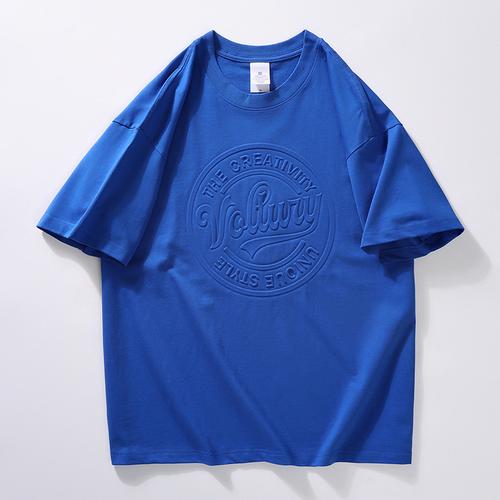The process of clothing production can be divided into the following links. Let us introduce each link step by step in detail:
1. Design and R&D: clothing production The first step is design and R&D. At this stage, designers will conduct market research and trend research to determine the function, style and audience of the clothing. The designer then converts the idea into a graphic design or a three-dimensional model and creates a preliminary sample of the garment.
2. Fabric selection and procurement: After determining the design direction, you need to choose appropriate fabrics to make clothing. Fabric selection considerations include style and functional needs, seasonality, cost, etc. Fabrics can be purchased from the market or produced by suppliers. The quality and color stability of fabrics are very important and have a great impact on the quality and appearance of clothing.
3. Pattern production and correction: Based on the designer’s design draft, the pattern artist will produce paper patterns and make corrections according to product requirements. Patterns are the basis of clothing production. They determine the shape, size and structure of the clothing, and need to be accurate to the details of each part.
4. Cutting: In the cutting stage, the fabric is marked and cut according to the paper pattern. The cutter cuts the fabric into the shape and size of each component according to the paper pattern instructions, including the body, sleeves, collar, etc.
5. Sewing: Sewing is the process of sewing individual parts together to form a complete garment. Tailors will use sewing machines or hand sewing techniques to sew the cut parts in a predetermined order and perform strong stitching to ensure invisible threads, stretch protrusions or other flaws.
6. Adding accessories: During the sewing process, various accessories, such as buttons, zippers, buttons, etc., will be added according to the design requirements. These accessories not only have a decorative effect, but also enhance the functionality of the clothing.
7. Renovation and finishing: After the production is completed, the process of renovation and finishing is required. This includes cutting off excess thread, checking the quality of sewing, and checking whether fabrics and accessories are secure, etc. At the same time, the clothes will be ironed and sorted to make them look neat and smooth.
8. Quality inspection and packaging: The final step is to conduct quality inspection and packaging of the finished garments. Quality inspection involves rigorous inspection of the garments to ensure there are no flaws and blemishes, as well as quality issues. Qualified clothing will be quality assured and packaged according to requirements for sale, transportation and display.
The above is a detailed introduction to the clothing production process from beginning to end. Every link is very important, and imperfection in one link may affect the entire production process and the quality of the final product. Therefore, each link requires professional technology and rigorous attitude to complete.






